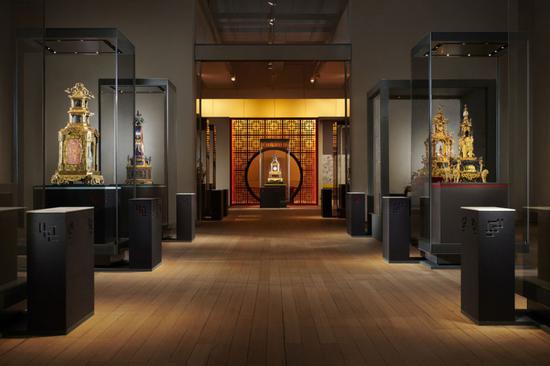
Installation view of Zimingzhong: Clockwork Treasures from China's Forbidden City, held at the Science Museum, London. (Photo provided to CHINA DAILY)
Elaborately designed luxury clocks that are often a cross between high jewelry and exquisite horological craftsmanship are in the spotlight once again, attracting the attention of collectors the world over. In April, at Watches and Wonders Geneva, luxury giants Chanel and Van Cleef &Arpels presented their new range of sumptuously adorned automaton clocks. The latter's Apparition des Baies, for example, comes with a dome made of lacquered rose-gold leaves that open up every hour on the hour to reveal a white-gold, diamond and sapphire bird flapping its wings.
Patrons of Hong Kong auctions love an ornate timekeeper when they see one. In May, a rare Cartier La Pendule Magntique water clock was sold for a whopping HK$15 million ($1.92 million) at a Phillips auction, exceeding its pre-sale estimate seven times over. This museum-worthy piece is made from marble, silver, lapis lazuli, nephrite, coral, mother-of-pearl, enamel and jade, a gemstone indelibly linked to Chinese culture. The piece caused an animated 25-minute bidding war between collectors from the Chinese mainland, Taiwan and the Middle East.
Another horological masterpiece by Cartier, a table clock set in a landscape carved out of a piece of jade, fetched HK$2.9 million. The scene is inspired by a Dong Bangda (1699-1769) painting. Dong was a painter in the court of Emperor Qianlong (1711-99).
The emperor had amassed a sizeable collection of mechanical clocks. Acquired mostly as gifts from European envoys sent to China, these clocks came to be seen as symbols of prestige and cultural exchange between imperial courts.
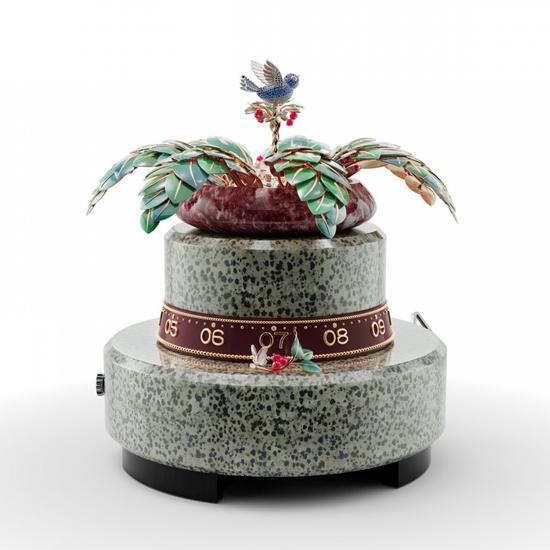
The exquisitely crafted Apparition des Baies by Van Cleef &Arpels claimed the spotlight at Watches and Wonders Geneva 2024. (Photo provided to CHINA DAILY)
Love of Western models
Zimingzhong: Clockwork Treasures from China's Forbidden City, an exhibition that concluded in June at London's Science Museum, showcased a magnificent collection of clocks from the Palace Museum in Beijing. Often created as bespoke pieces for Qing Dynasty (1644-1911) emperors, they are a testament to the early days of Chinese collectors' growing interest in ornate clocks made in the West, besides serving as tokens of cultural exchange and trade between China and Europe in the 1700s.
An exquisite 18th-century masterpiece of European make figured among the exhibition highlights. It comes with a number of bat-shaped motifs, and hence is supposed to attract good fortune.
Interestingly, the wealthy Chinese elite's fascination with Western mechanical clocks had an impact on European clockmakers, who began incorporating elements of both Chinese horological technology as well as design in their creations. The 1926 Cartier "mystery clock" that fetched an impressive $1.04 million at Phillips' New York auction in June is a case in point. The rock crystal dial of the piece comes with a turquoise lacquer frame while its diamond and onyx hands resemble a dragon - which suggests power and prosperity in Chinese culture.
Even as horological science continues to evolve and advance, some clockmakers - and collectors - prefer going back in time. The growing market for these intricately crafted timepieces suggests the presence of master craftsmen and connoisseurs who see clocks as objects of art rather than just a device with a functional value.
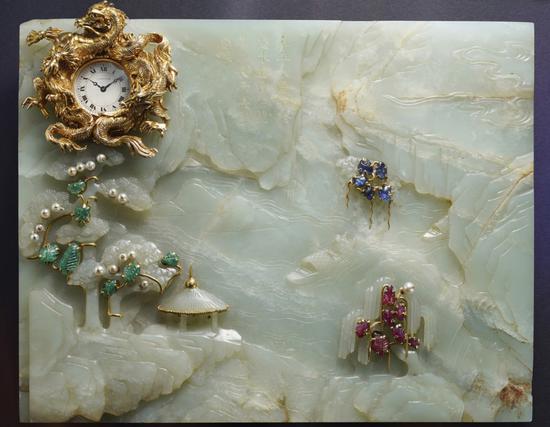
A table clock set in a jade landscape made waves at a Phillips Hong Kong auction in May. The scene is inspired by a Dong Bangda (1699-1769) painting. (Photo provided to CHINA DAILY)









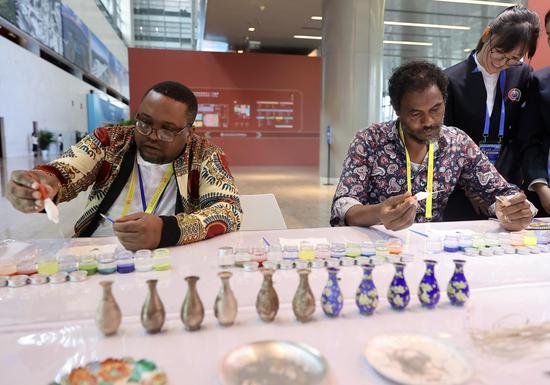
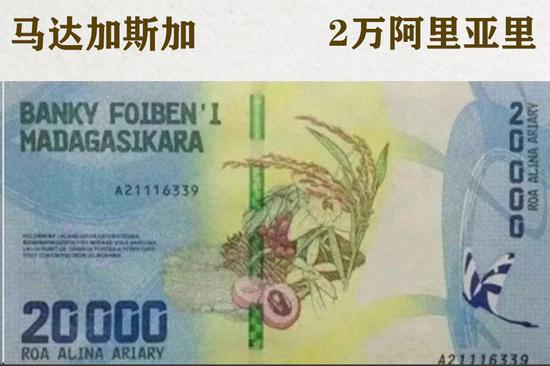
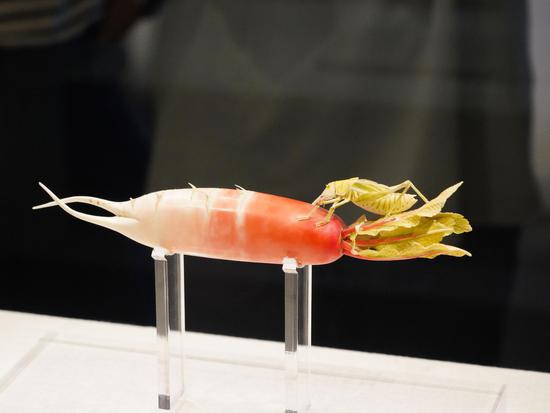


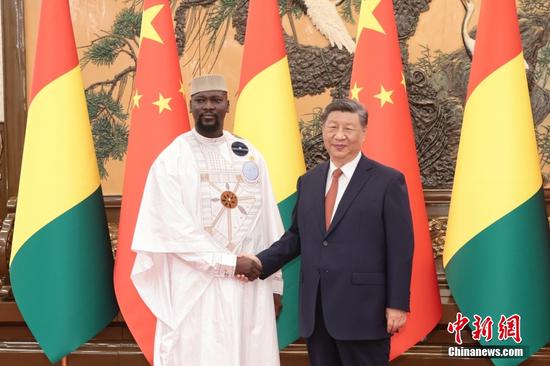
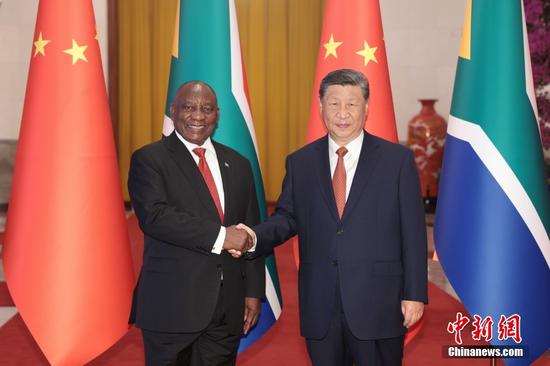







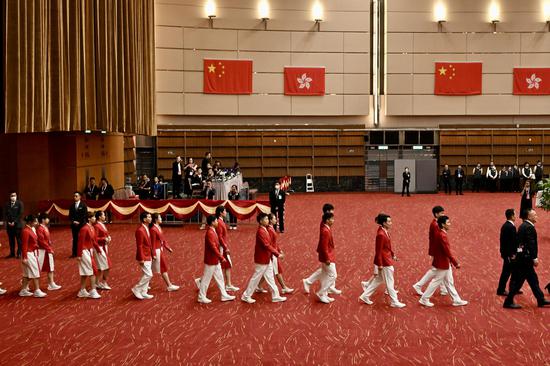



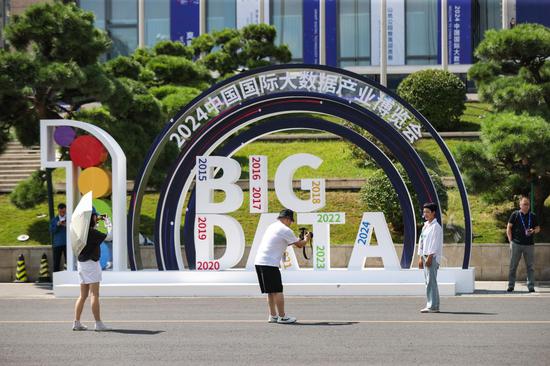




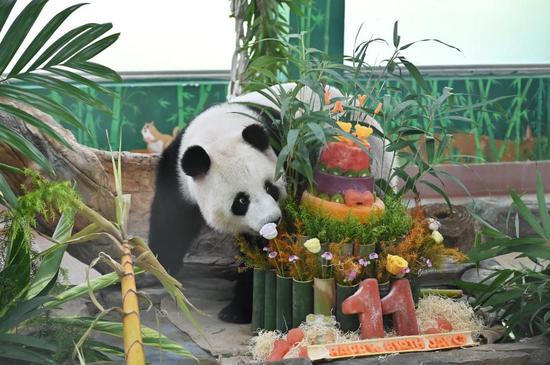



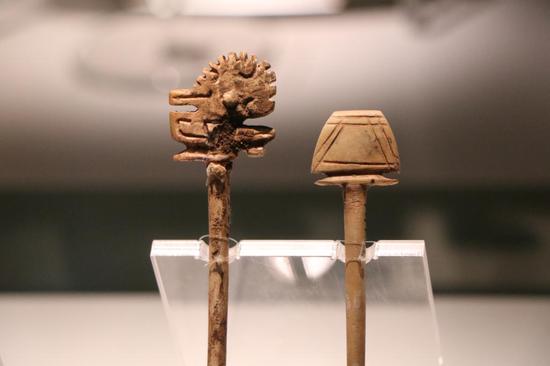













 京公网安备 11010202009201号
京公网安备 11010202009201号